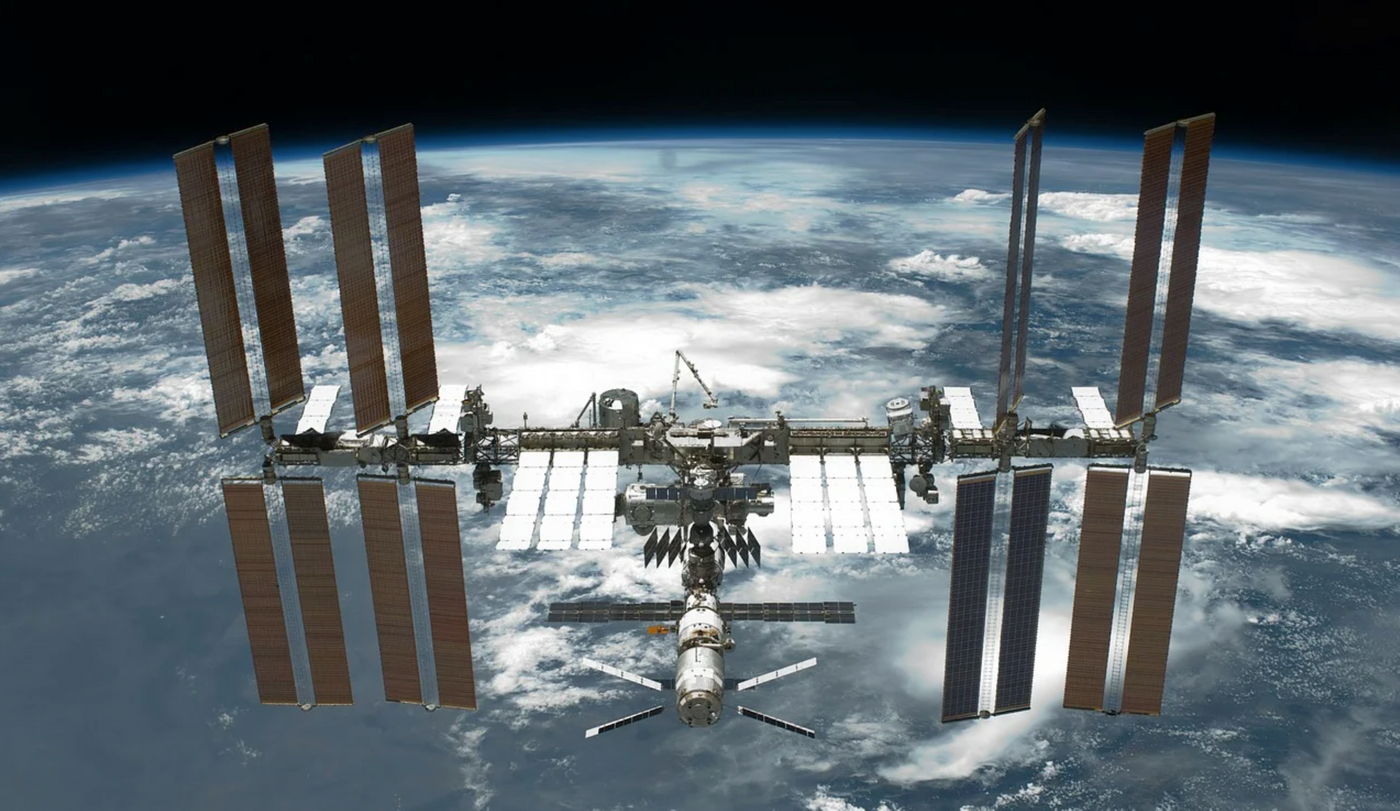Spiders Build Webs in Space
As humans have ventured into space, they have carried some terrestrial life with them, including spiders. Once dreamed up as a way to make science more interesting to high school students, an arachnid investigation has provided surprising insight into the influence that light has on spatial orientation in spiders.
Many discoveries have been made by accident (the accidental discovery of penicillin might be one of the most famous examples), which is what occurred in this case. Researchers knew that on Earth, spiders create asymmetrical webs with a slightly off-center that pivots toward the upper edge. Spiders rest with their head pointed down so they can rapidly move toward prey. So what would spiders do when there’s no gravity?
Though the idea was relatively simple, conducting the experiment successfully in space was challenging, and there were some mishaps.
Originally, two specimens from two species of spiders were sent to the International Space Station (ISS); there was a lead and a backup ‘arachnaut.’ But the backup spider escaped from storage and into the main chamber where the other spider lived. The main chamber had to remain closed, so the two spiders kept getting in each other's way as they built muddled webs. They’d also been provided food in the form of fly larvae, which ended up breeding much more and faster than predicted. By the end, the chamber was full of flies.
Researchers would get another shot at the experiment years later, so this time they sent two spiders to space in separate habitats and kept two on earth in separate habitats as controls. However, spiders that were supposed to be female were chosen for this work as juveniles, when it’s tough to figure out what sex they are; so while some had been sexed incorrectly, there was a stroke of luck – one male and one female each had gone to space and stayed on earth. A comparison could still be made.
As the spiders spun webs on the ISS, the researchers could see that the webs constructed in zero gravity were more symmetrical than those built back on Earth. The center was no longer off to the side and the spiders' heads weren’t always pointed down.
Surprisingly, the investigators saw that when the spiders built webs on the ISS by lamplight, the tended to be more asymmetrical like the webs built on earth. They were able to make this observation simply because of a serendipitous placement of the lamps.
"We wouldn't have guessed that light would play a role in orienting the spiders in space," said researcher Dr. Samuel Zschokke of the University of Basel. "We were very fortunate that the lamps were attached at the top of the chamber and not on various sides. Otherwise, we would not have been able to discover the effect of light on the symmetry of webs in zero gravity."
When thousands of images of the spiders were analyzed, the researchers could see that when the lights were off, they rested in arbitrary positions. But with the lights on, their heads were oriented downward. Light seems to help spiders orient themselves in the absence of gravity. Spiders can catch prey and build webs in the dark, so it had been assumed that light was not important to orientation for spiders.
"That spiders have a back-up system for orientation like this seems surprising, since they have never been exposed to an environment without gravity in the course of their evolution," said Zschokke.
Sources: Science Daily via University of Basel, The Science of Nature









